At SUNY Downstate’s Department of Neurosurgery, we utilize a computer system to analyze the three dimensional anatomy of the brain, thus determining the optimal surgical approach. This computational analysis requires a special CT or MRI scan of the brain in which a set of markers (fiducials) are affixed to the skull or scalp. These markers allow the computer system to assign a detailed set of coordinates to the various anatomic locations of the brain, permitting precise targeting of regions of interest. This precise preoperative computational planning improves the safety and efficacy of the operation.
An analogy would be a modern day global position system (GPS). GPS employs a group of satellites, analogous to the fiducial markers on the brain MRI, and a computer to precisely determine a person’s location on the earth relative to the satellites. Stereotaxy is a GPS system for the neurosurgeon, allowing him to get to the proper location in the brain safely and quickly.
Who Is a Candidate For a Stereotactic Brain Surgery?
Stereotactic techniques are commonly used in the placement of deep brain electrodes for the treatment of movement disorders or in taking biopsy specimens of brain tissue when a diagnosis is in doubt. Stereotactic techniques are also helpful in guiding the surgical resection of brain tumors and optimizing the placement of catheters or shunts within the brain.




